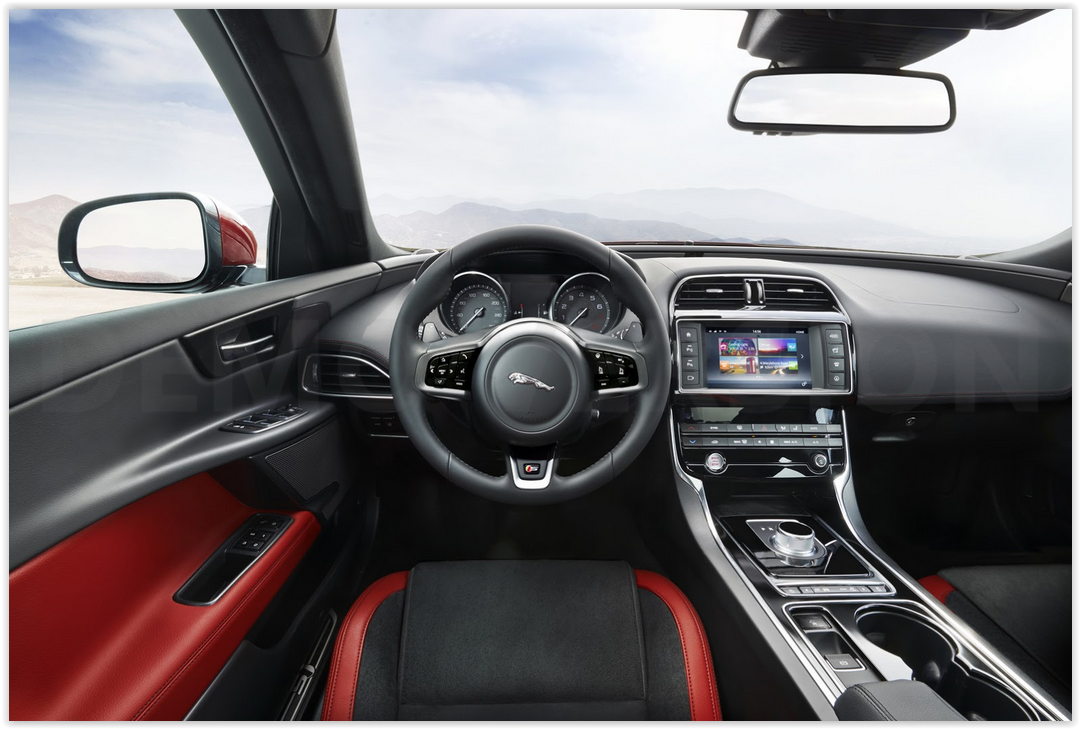4 years after Peugeot launched it's D-Segment fighter, the 508, it has been given a new lease of life with a facelift.
Peugeot had replaced the 407 and 607 with a the 508 back in 2011. It was situated to be more upmarket than the 407 and a little bit less than the 607 and in most ways it has been successful.
The French positioned the Peugeot against the likes of the Vauxhall (Opel) Insignia, Volkswagen Passat, Ford Mondeo etc.
The 508 is based on the same platform used by the Citroen C5 and C6 as they're both in the PSA Group so it makes sense to share components.
For the facelift the 508 has gained cosmetic and technology upgrades along with more efficient engines with the cleanest engine emitting just 104g/km of CO2 meaning just £20 road tax a year, good news for private buyers then.
Pricing will start at £22,054 for a 1.6 e-HDi saloon and £23,245 for the SW Estate in Active trim which comes generously equipped sat-nav, 18-inch alloys, rear parking sensors and dual-zone climate control all coming as standard.
Stepping up to mid-range Allure trim gets additional equipment such as parking sensors all-round, keyless entry and go, electric parking brake, reversing camera and a panoramic roof for the SW as standard. Prices start from £24,895 for the saloon and £26,295 for the SW equipped with the 1.6 e-HDi engine for both.
Range topping GT trim comes only with a 2.2 HDi 200 diesel and is priced from £30,645 for the saloon and £32,045 for the SW and comes equipped with (on top of Allure) a heads-up display, 19-inch alloys and nappa leather.
The RXH four-wheel drive model which has only 1 body style, the SW, costs £30,295 when equipped with the 2.0 HDi 180 diesel or the diesel-electric Hybrid4 2.0 HDi costing £34,645 with additional trim in both models consisting of half-leather trim and electrically adjustable front seats.
Sales have began in some countries in Continental Europe starting on the 10th September.
 Engines
EnginesDiesel
1.6 HDi 115PS (113BHP) single turbo 4 cylinder
2.0 HDi 140PS (138BHP) single turbo 4 cylinder
2.0 BlueHDi 150PS (148BHP) single turbo 4 cylinder
2.0 HDi 163PS (161BHP) single turbo 4 cylinder
2.0 BlueHDi 180PS (178BHP) single turbo 4 cylinder
2.2 HDi 200PS (197BHP) single turbo 4 cylinder
Diesel-Hybrid
2.0 HDi 163PS (161BHP) linked with a 36BHP electric motor
CO2 Emission (g/km) figures have been released on some engines:
1.6 HDi 115PS (113BHP) 104g/km
2.0 BlueHDi 150PS (148BHP) 109g/km
2.0 BlueHDi 180PS (178BHP) 119g/km
2.0 HDi 163PS (161BHP)
linked with a 36BHP electric motor 91g/km
 Size
SizeThe facelifted 508 has the similar dimensions as the pre-facelifted despite the fact new front and rear bumpers are in place.
Dimensions are as follows:
Wheelbase: 2817mm
Length: 4792mm
Width: 1853mm
Height: 1456mm
Interior
The 508 prior to the facelift had an exceptional quality interior for a Peugeot and it has improved even further with more soft touch materials and higher quality materials used throughout the cabin.
All models gain a 7-inch touchscreen which can connect to Peugeot ConnectApps which displays real-time information such as nearby parking spaces available, fuel prices, the local weather and the latest traffic information.
Interior space has remained the same with good legroom for rear passenger although those above 6ft will have their heads brushing the roof of the vehicle. A third center rear passenger will be relatively happy as no transmission is present leaving room for the occupant to place their feet there.
A criticism with all Peugeot is the size of the glovebox which is rather small due to the fuse box in place as Peugeot decide not to move it to the right in right-hand drive vehicles, in fact you could probably only stick a cupcake in it and it would be full!
 Exterior
ExteriorThe grille mirrors that of the latest Peugeot 308 and facelifted 3008 and 5008. New headlights and taillights are present on the saloon while new the rear remains unchanged in the SW.
The rear lights on the saloon are now fully LED with 36 LED's arranged in the now trademark (for Peugeot's) three claws light with all models featuring LED daytime running lights, LED indicators and LED sidelights with Allure, GT and RXH models featuring full LED headlights.
The Peugeot is one of the more stylish vehicles in it's class along with the Vauxhall (Opel) Insignia, Kia Optima and the Hyundai i40.
 My Opinion
My OpinionI liked the pre-facelift 508 and got a real sense of quality when I sat in one with soft touch plastics dotted around the cabin, nicely weighted buttons and a nice thick rimmed steering wheel covered in soft leather.
The only real letdowns are the tiny glovebox and the design flaw in that rainwater runs into the boot when it rains which signifies bad drainage channels.
However I find the 508 rather stylish and I like the fact to open the boot in the saloon, the "0" in the "508" badge is pushed to release the boot latch, a clever idea giving the rear end a less cluttered look compared with a separate boot release button.









